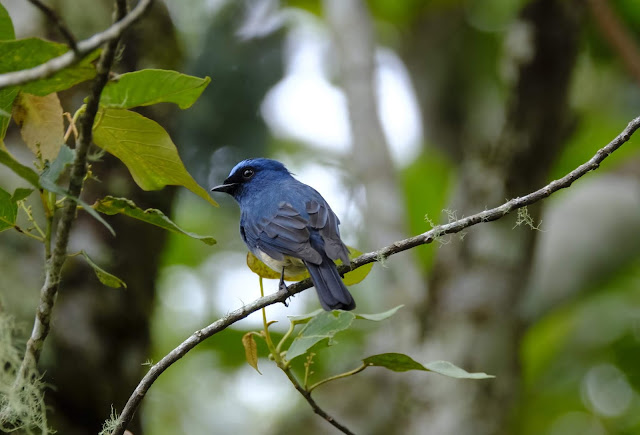This was my second bird outing to Sabah for 2018. This time I am travelling with some a group of birding lasses. It was a 6 days trip to Sepilok again and than transit to Kinabalu Park for the other half the trip. The ideal size of is 4 pax. We got a free upgrade by Hertz from a Saga to a Honda City and we were surprise the car booty can fix all our luggages. I was ready to go to and fro twice to the airport if necessary as Sepilok is just 20 minutes from SIA. Taxi will cost RM30-35 one way so not really worth the money.
We have booked into Sepilok Jungle Resort thru Theresa. I opt to stay in the no frill room (non aircon) at RM100 per nite as I was alone. More importantly there is no mosquito. Got to save cost ma. The girls were sharing better room with wifi and air-con for RM175.00 per nite. If you stay longer there is usually a further discount of 10-15%. The girls know how to bargain..............
In Sepilok we encounter wet days but still the birds are around in the month of October. I only managed to chalk up 2 lifers the Brown-backed Flowerpecker and the Rufous-backed Oriental Dwarf Kingfisher. I did note count the Bornean Stork-billed kf and the Bornean Oriental Magpie Robin as lifer but subspecies.
One of the highlight of our Sepilok trip is the sighting of a Oran-utan and its baby right on top the canopy walk.
 |
| The Bornean OMR is totally black which differed to our peninsual one |
 |
| Resident birder Tommy was at hand to guide anyone he meets in Sepilok |


After completing the tour in Sepilok we took flight to Kinabalu Park for our second leg of birding. It would be better if we just hire the car and drive from Sandakan to Ranau which almost match the time and distance of travel but would be cheaper by a couple of hundreds ringgit. There usually have a surcharge fro dropping the car at next venue ie Kinabalu International Airport.
The airflight took less than an hour and after receiving our Innova we were swiftly on the way up at 5.00 pm or so.




















































